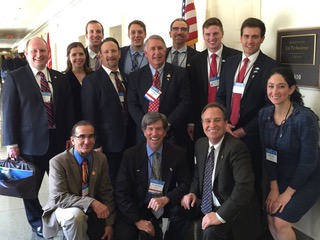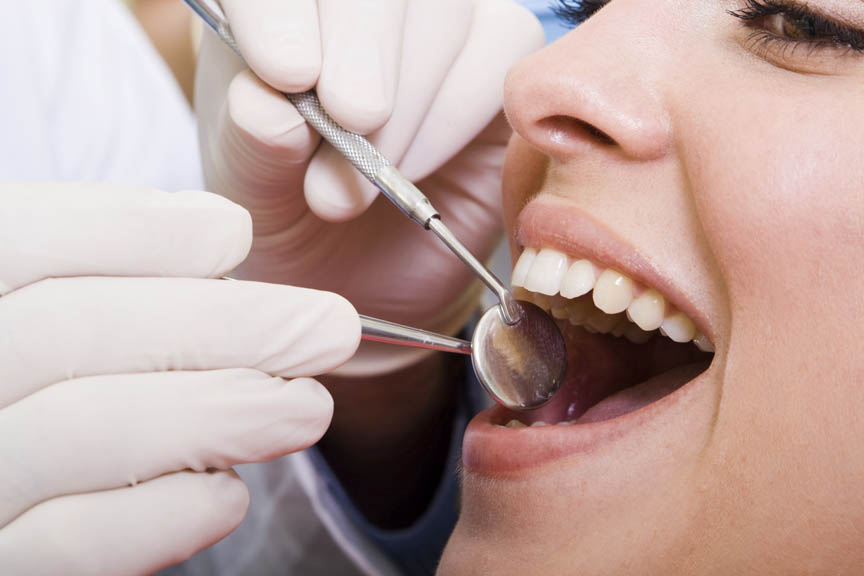 Lobbying on Capitol Hill is one of the most unique activities that happens in Washington D.C. Each year, the House of Representatives and Senate write bills that are passed into law by the President. As the political climate in Washington regularly fluctuates, it is essential that constituents address issues with consistency. Two weekends ago, we saw this in action. Thousands participated in the Tibet National Lobby Day, AIDS Foundation Lobby Day and ADA Dental Lobby Day. All were welcomed and given the ears and time of their elected officials.
Lobbying on Capitol Hill is one of the most unique activities that happens in Washington D.C. Each year, the House of Representatives and Senate write bills that are passed into law by the President. As the political climate in Washington regularly fluctuates, it is essential that constituents address issues with consistency. Two weekends ago, we saw this in action. Thousands participated in the Tibet National Lobby Day, AIDS Foundation Lobby Day and ADA Dental Lobby Day. All were welcomed and given the ears and time of their elected officials.
For the past two decades, the American Dental Association (ADA) along with the American Dental Political Action Committee (ADPAC) have advocated for the dental profession on Capitol Hill. They have ensured that core concerns that effect our profession, providers and patients are voiced to our legislators. This year, for the first time, the American Student Dental Association (ASDA) joined with the ADA and ADPAC to voice the current issues important to our profession together. We took the following issues to our legislators; The Competitive Insurance Reform Act, the Student Loan Programs under the Higher Education Act and Health Care Reform: Supporting Oral Health.
This year, a week before our Lobby Day, we saw years of the ADA’s hard work pay off as the 115th House of Representatives voted a 428 to 6 majority on H.R. 372. This repealed the Mccarran-Fergussan antitrust laws for medical and dental insurance companies. Since 1945, insurance companies have been exempt from the McCarran-Fergussan antitrust laws which prohibits companies and business owners to discuss and set similar prices for their products and services. Greater federal involvement in antitrust enforcement should encourage more competition in the healthcare insurance marketplace. More competition will promote lower prices and greater consumer choices for all Americans purchasing medical and dental insurance. This week, we thanked members of Congress for supporting this bipartisan bill and urged our senators to support or even sponsor a sister bill so that it can be passed in the senate as well.
Rising student debt for undergraduate and graduate students is a prevalent concern for many of us. This concern is being voiced on Capitol Hill. In 2016, the average student debt for recent dental graduates was $262,119. That is a 5% increase of average dental student debt in 2014. The weight of student debt limits many graduates’ professional pursuits, especially those who want to serve in public service, teaching and research positions. As Congress reauthorizes the Higher Education Act this year, we continued to voice our concerns regarding student debt as we met with members of Congress. Currently, there is a sponsored bill, H.R. 1614, that would allow students to refinance their graduate student loans at anytime through out the life of their loan. This would make keeping our student loans with the federal government more appealing and could save graduates thousands on accruing interest. Currently, the interest rate is fixed for the life of the loan. This week we tried to gather more representatives support for H.R. 1614 so that it will pass when it reaches the House floor.
Since the instatement of The Affordable Care Act (ACA) the uninsured rate for Coloradans has dropped from 14.7% to 6.7%. Additionally the recent medicaid expansion in Colorado, passed in May of 2013, expanded coverage to more than 200,000 Colorado residents. As a direct result we have seen the number of hospital dental visits go from $11 million dollars to $1 million dollars annually in Colorado. We want to continue this progress as the expanding coverage reaches many of our small towns in eastern Colorado and in the Western slope. This was emphasized to our representatives by our doctors who practice in these areas. As health care is a hot topic on Capitol Hill right now we also discussed the importance and need for dental insurance transparency. Our doctors from the CDA have seen many patients who sign up for dental insurance and find out they aren’t covered until they pay for 24 months of premiums. Overall, we advocated for more transparent dental insurance plans so that our patients know what they are purchasing and what to expect from us. 
During our Lobby Day we were able to visit all 6 of our district representatives and both senator’s offices to discuss the issues above. It was great to see the impact we could make on organized dentistry by voicing our concerns to our legislators! It made me proud that we are included in a profession that stands united in protecting and advocating for our patients and doctors!













